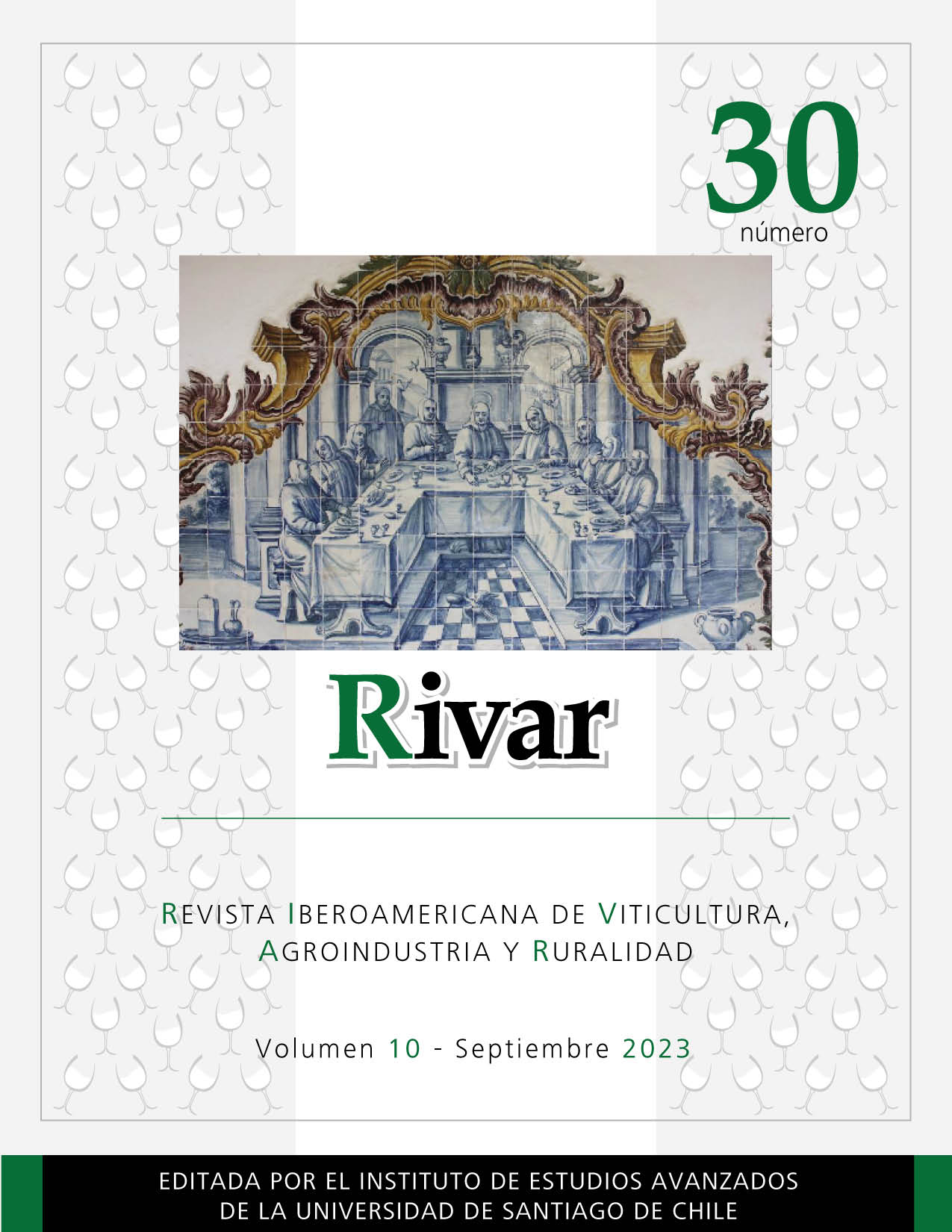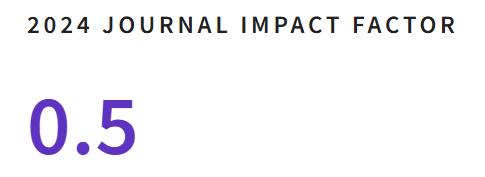The Marketplace: A Place for Small-Scale Producers?
DOI:
https://doi.org/10.35588/rivar.v10i30.5678Keywords:
market myth, Turkey, agricultural markets, price mechanismAbstract
Structural adjustment programs (SAPs) launched since 1980s in Turkey, have focused attention on the promotion of greater reliance on market forces and the elimination of the government subsidies on credits, inputs, and prices. Hence, farmers are engaged in a number of simultaneous exchange relations on different markets, and maintain institutional linkages with several agents. This study provides a detailed analysis of the understanding of markets by the farmers and the significant effects of these different exchange relations on their subsistence. This analysis is based on longitudinal field research as participant observation conducted in the villages of Karacabey, Bursa, in North-western Turkey since December 2009. Qualitative and quantitative data were gathered through 83 in-depth interviews with farmers, traders, and state officials applying a snowball sampling technique. Findings suggest that small farmers should be incorporated into decision-making processes in order to organize markets in a democratic way and to reconfigure policy-making into more participatory, transparent, and accountable procedures.
Downloads
References
Akram-Lodhi, A.H. (2007). “Land, Markets and Neoliberal Enclosure: An Agrarian Political Economy Perspective.” Third World Quarterly 28(8): 1437-1456. DOI https://doi.org/10.1080/01436590701637326
Akrich, M. (1992). “The De-Scription of Technical Objects.” In Bijker, W. and Law, J. (Eds.). Shaping Technology / Building Society. Cambridge, MIT Press.
Araghi, F. (2000). “The Great Global Enclosure of our Times: Peasants and the Agrarian Question at the End of the Twentieth Century.” In Hungry for Profit: The Agribusiness Threat to Farmers, Food, and the Environment. New York, Monthly Review Press: 145-160.
Barry, A. (2002). “The Anti-Political Economy.” Economy and Society 31(2): 268-284.
Bernstein, H. (1994). “Agrarian classes in capitalist development.” In Capitalism and Development, London, Routledge: 40-71.
Bhaduri, A. (1986). “Forced commerce and agrarian growth.” World Development 14(2): 267-272.
Buckland, J. (2004). Ploughing Up the Farm: Neoliberalism, Modern Technology and the State of the World’s Farmers. New York, Zed Books.
Callon, M. (2007). “What does it mean to say that economics is performative?” In MacKenzie, D.; Muniesa, F. and Siu, L. (Eds.). How Economists Make Markets: The Performativity of Economics. Princeton, Princeton University Press.
Cronon, W. (1992). Nature’s Metropolis: Chicago and the Great West. New York, WW Norton & Company.
Crow, B. (2003). Markets, Class and Social Change: Trading Networks and Poverty in Rural South Asia. New York, Palgrave.
Çalışkan, K. (2010). Market Threads: How Cotton Farmers and Traders Create a Global Commodity. Princeton, Princeton University Press.
____. (2007). “Price as a Market Device: Cotton Trading in Izmir Mercantile Exchange.” Sociological Review 55(2): 241-260. DOI https://doi.org/10.1111/j.1467-954x.2007.00738.x
Çalışkan, K. and Callon, M. (2010). “Economization, Part 2: A Research Programme for the Study of Markets.” Economy and Society 39(1): 1-32. DOI https://doi.org/10.1080/03085140903424519
____. (2009). “Economization, Part 1: Shifting Attention from the Economy Towards Processes of Economization.” Economy and Society 38(3): 369-398. DOI https://doi.org/10.1080/03085140903020580
Ellis, F. (1992). Peasant Economics: Farm Households and Agrarian Development. Cambridge, Cambridge University Press.
Harriss-White, B. (2007). Rural Commercial Capital: Agricultural Markets in West Bengal. Oxford, Oxford University Press.
____. (1999). “Power in Peasant markets”. In Harriss-White, B. (Ed.). Agricultural Markets from Theory to Practice: Field Experience in Developing Countries. London, Palgrave Macmillan: 261-286.
Latour, B. (2005). Reassembling the Social: An Introduction to Actor Network Theory. Oxford, Oxford University Press.
McMichael, P. (Ed.). (1994). The Global Restructuring of Agro-food Systems. Cornell, Cornell University Press.
Moore, M. (1994). “How Difficult is it To Construct Market Relations? A Commentary on Platteau.” The Journal of Development Studies 30(3): 818-830. DOI https://doi.org/10.1080/00220389408422339
Platteau, J.P. (1994). “Behind the Market Stage Where Real Societies Exist - Part I: The Role of Public and Private Order Institutions.” The Journal of Development Studies 30(3): 533-577. DOI https://doi.org/10.1080/00220389408422328
Ruben, R. and Bastiaensen, J. (2000). “Introduction”. In Ruben, R. and Bastiaensen, J. (Eds.). Rural Development in Central America: Markets, Livelihoods and Local Governance. New York, St. Martin’s Press: 1-20.
Spoor, M. (Ed.). (1997). The ‘Market Panacea’: Agrarian Transformation in Developing Countries and Former Socialist Economies. London, Intermediate Technology Publications.
Wood, E.M. (2000). “The agrarian origins of capitalism”. In Magdoff, F.; Bellamy, J. and Buttel, F.H. (Eds.). Hungry for Profit: The Agribusiness Threat to Farmers, Food, and the Environment. New York, Monthly Review Press: 23-41.
World Bank (2000-2001). World Development Report: Attacking Poverty. DOI https://doi.org/10.1596/0-1952-1129-4









